Michigan Tech Team Helps Clarify the Impacts of Black Carbon in Nature Communications Study
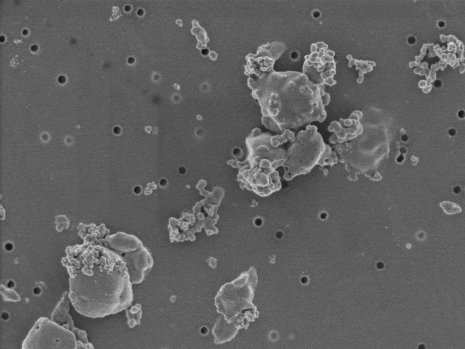
Dust specks are touted for their insignificance. But black carbon particles have global impact. Michigan Technological University researchers collaborated with a team from the Los Alamos National Laboratory and several other universities to shed light on the complex way black carbon and solar radiation interact to increase warming in the atmosphere. The research came out this week in Nature Communications.
Michigan Tech’s team focused on the microscopy work, which is also important for other research done in the lab and in the field, from the cloud chamber on campus to atmospheric monitoring on Pico Mountain in the Azores. Understanding the impacts of atmospheric particles will help refine climate change models, weather predictions and provide better information for making policies on black carbon and other short-lived pollutants.
Black Carbon
Black carbon is basically soot. The particles—similar in size to corn starch dust—make their way into the air from cooking fires, automobiles, industrial plants, wildfires and other kinds of burning. And rarely is black carbon just black carbon; the soot is often mixed with other atmospheric particles. Claudio Mazzoleni, an associate professor of physics at Michigan Tech, and his collaborators have to separate out the black carbon from everything else by heating up the particles.
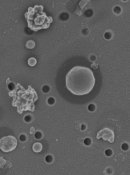
“The soot is like a pan you put in the oven, nothing happens to it although the coating [of mixed particles] volatilizes and goes away,” Mazzoleni says. “So we can strip out this component and measure the samples before and after.”
Having a before and after snapshot helps Mazzoleni and fellow researchers sort out the effects of black carbon and mixed particles, as well as how they interact with sunlight. Like a parking lot in July, black carbon tends to absorb light and heat up. But to what extent remains unclear. That’s the problem Mazzoleni and his colleagues set out to better understand.
Politics of Carbon
Not all carbon is equal. That’s true in the earth’s atmosphere as well as the political atmosphere. Mazzoleni says taking action on black carbon could be more appealing than mitigating climate change through carbon dioxide regulations.
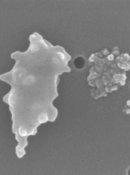
“Black carbon only stays in the atmosphere one to two weeks,” he says, acknowledging a recent commentary in Nature Climate Change about the difficulty politicians face with managing carbon dioxide, which hangs around for centuries. “Short-lived pollutants match up better with short-term political timelines.”
Although more politically appealing, dealing with—and even just measuring—black carbon in the atmosphere is not simple. Mazzoleni says controlled lab experiments in the past showed black carbon enhances the greenhouse effect and climbing temperatures; however, a 2012 field study showed a smaller enhancement in ambient samples than previously found in laboratory experiments. The team Michigan Tech collaborated with has found that reality is more complex, based on the source of the black carbon, the unique chemical make-up, time of emissions and locale. Generally, black carbon has an intermediate enhancement with notable differences for locations around the world.
Fieldwork Meets Computer Modeling
Current global climate change models don’t account for the complexity of black carbon. One of the key ways to reconciling that is to validate lab experiments and models with fieldwork.
Several Michigan Tech students and alumni working with Mazzoleni helped make that bridge. Kyle Gorkowski, the study’s third author, worked at the Los Alamos National Laboratory after graduating from Michigan Tech and is now a graduate student at Carnegie Mellon University. Swarup China, now at the Pacific Northwest National Laboratory, also contributed as one of Mazzoleni’s graduate students. Noopur Sharma, a doctoral student at Michigan Tech, helped analyze microscopy images.
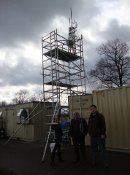
“For us students, we get a lot of exposure through these collaborations,” Sharma says, recalling fieldwork that she joined. “I actually got to go on the field campaigns, and they were big—I saw a lot of instruments, got hands-on experience and watched how large teams work.”
Back in the lab, the Michigan Tech collaborators made their primary contribution to the paper with microscopy work, which Sharma says is an ideal tool to study “real morphology of the particles.” Basically, the team took detailed images of the samples and helped define which particles are which; more broadly in the atmospheric sciences lab at Michigan Tech, graduate students have characterized tens of thousands of different atmospheric particles including several thousand kinds of soot. The equipment and research is supported by US Department of Energy.
The detailed work is not glamorous but it enabled the study’s lead authors to make connections between different black carbon particles—in their huge variety—and how they do and don’t increase temperatures. The study’s focus on the UK illustrates how dynamic black carbon can be in the atmosphere within a fairly small region. Getting more detailed and discerning information on individual particles and what they combine with can make a world of difference.
Michigan Technological University is an R1 public research university founded in 1885 in Houghton, and is home to nearly 7,500 students from more than 60 countries around the world. Consistently ranked among the best universities in the country for return on investment, Michigan's flagship technological university offers more than 185 undergraduate and graduate degree programs in science and technology, engineering, computing, forestry, business, health professions, humanities, mathematics, social sciences, and the arts. The rural campus is situated just miles from Lake Superior in Michigan's Upper Peninsula, offering year-round opportunities for outdoor adventure.

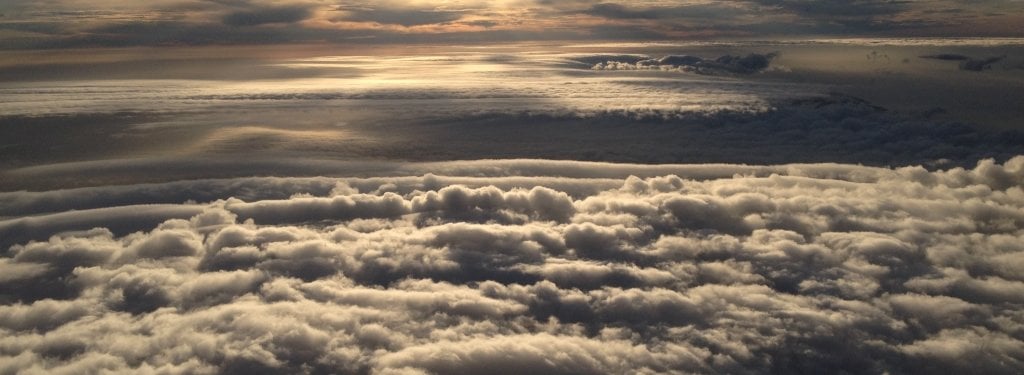
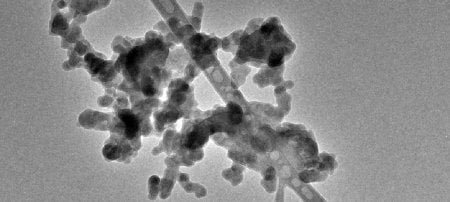

Comments